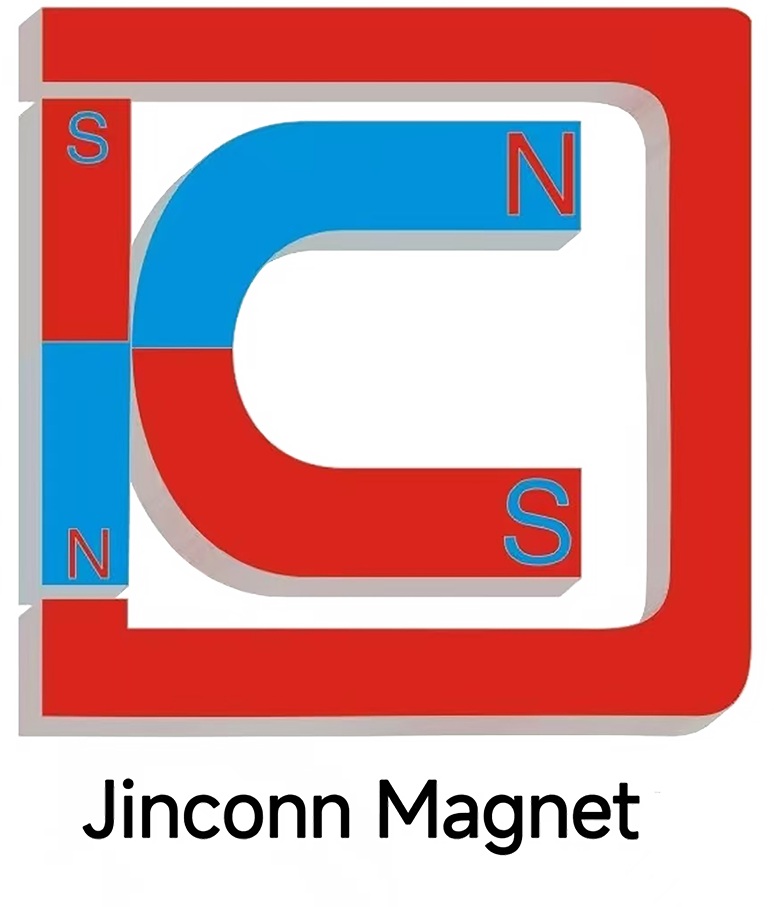Building a Resilient Magnet Supply Chain: From Manufacturing to End-User Delivery
Building a Resilient Magnet Supply Chain:
Introduction
High-performance magnets are critical components powering today’s most advanced technologies, from electric vehicles and wind turbines to robotics and medical imaging. Neodymium magnets and other rare earth magnets are especially prized for their exceptional magnetic strength, energy efficiency, and reliability in extreme environments. However, global supply chains for these magnets are increasingly complex and vulnerable. Building a resilient magnet supply chain—from manufacturing to end-user delivery—has become a strategic priority for industries and governments worldwide.
The Industrial Importance of High-Performance Magnets
Modern industries rely on high-performance magnets for their superior magnetic flux density, energy product, and coercivity. In sectors such as automotive, aerospace, renewable energy, and consumer electronics, these magnets enable higher efficiency, miniaturization, and new functionalities. For instance, electric motors in EVs use neodymium magnets to deliver maximum power with minimal weight, while high-temperature magnets support the harsh operational demands of wind turbines and industrial automation.
Key Stages in the Magnet Supply Chain
1. Raw Material Sourcing
The foundation of the magnet supply chain is access to high-quality raw materials, particularly rare earth elements like neodymium, dysprosium, and terbium. Most of these resources are concentrated in a few regions, making the supply chain susceptible to geopolitical tensions, trade restrictions, and environmental regulations. Ensuring a diversified and ethical supply of these critical materials is the first step in building a resilient supply chain.
2. Advanced Manufacturing Processes
Modern manufacturing of high-performance magnets involves several sophisticated steps:
Alloying and Powder Metallurgy: Rare earth elements are alloyed with iron, boron, or cobalt to achieve optimal magnetic properties. Precision powder metallurgy techniques enhance magnetic strength, coercivity, and thermal stability.
Sintering and Machining: Magnets are sintered and machined into precise shapes to fit specific industrial requirements. Advanced manufacturing methods also enable miniaturization and custom geometries for cutting-edge applications.
Surface Coating and Quality Assurance: Protective coatings guard against corrosion and mechanical wear, crucial for high-temperature magnets. Rigorous testing ensures each batch meets strict performance standards for energy product and magnetic flux density.
3. Logistics and Distribution
Efficient logistics are essential for timely delivery and preservation of magnet quality. Proper packaging, temperature controls, and traceability systems prevent damage during transit and help track magnets from the production site to the end-user. This is particularly important for sectors like automotive and healthcare, where delays or quality issues can have significant downstream impacts.
Innovations for Supply Chain Resilience
1. Diversification and Localization
To mitigate risks associated with raw material concentration, companies are investing in diversified sourcing strategies and exploring alternative suppliers in different regions. Some are also localizing manufacturing closer to end markets, reducing lead times and exposure to global disruptions.
2. Magnet Recycling and Circular Economy
Magnet recycling is gaining momentum as a way to recover rare earth materials from end-of-life products such as hard drives and electric motors. Advanced recycling processes can reclaim materials with minimal loss of magnetic performance, supporting both supply chain security and environmental sustainability. This circular economy approach helps stabilize raw material supply and reduces dependence on primary mining.
3. Material Innovation and Rare Earth Alternatives
Ongoing research into rare earth-free magnets and advanced alloys—such as iron-nitride or improved ferrite magnets—aims to create viable substitutes for traditional rare earth magnets. While these alternatives may not yet match the magnetic strength of neodymium magnets, continuous improvements in energy product and durability are expanding their use in select applications, reducing pressure on critical supply chains.
4. Digitalization and Transparency
The integration of digital tools—such as blockchain for material traceability and AI-driven logistics optimization—enhances transparency, risk management, and responsiveness throughout the magnet supply chain. These technologies support real-time tracking of inventory, predictive maintenance of machinery, and rapid response to disruptions.
Future Trends and Challenges
Sustainability and ESG Compliance: As environmental and social governance (ESG) standards tighten, supply chains must meet stricter requirements for responsible sourcing, low-carbon manufacturing, and ethical labor practices.
Geopolitical Risk Management: Ongoing geopolitical tensions require proactive risk management, including strategic stockpiling and scenario planning for supply chain continuity.
End-to-End Collaboration: Collaboration between raw material suppliers, manufacturers, logistics providers, and end-users is essential for building a resilient, agile supply chain that can respond to market fluctuations and technological change.
Conclusion
A resilient magnet supply chain is the backbone of innovation and progress in key industrial sectors. By diversifying sourcing, embracing recycling and material innovation, leveraging digital technologies, and fostering strong partnerships across the value chain, industries can ensure a stable, sustainable, and secure flow of high-performance magnets from manufacturing to end-user delivery. As the world’s appetite for advanced technologies grows, the ability to build and maintain resilient supply chains will be a defining factor in shaping the future of high-performance magnet applications.




Jinconn WeChat









